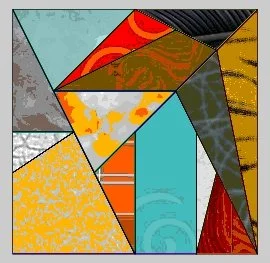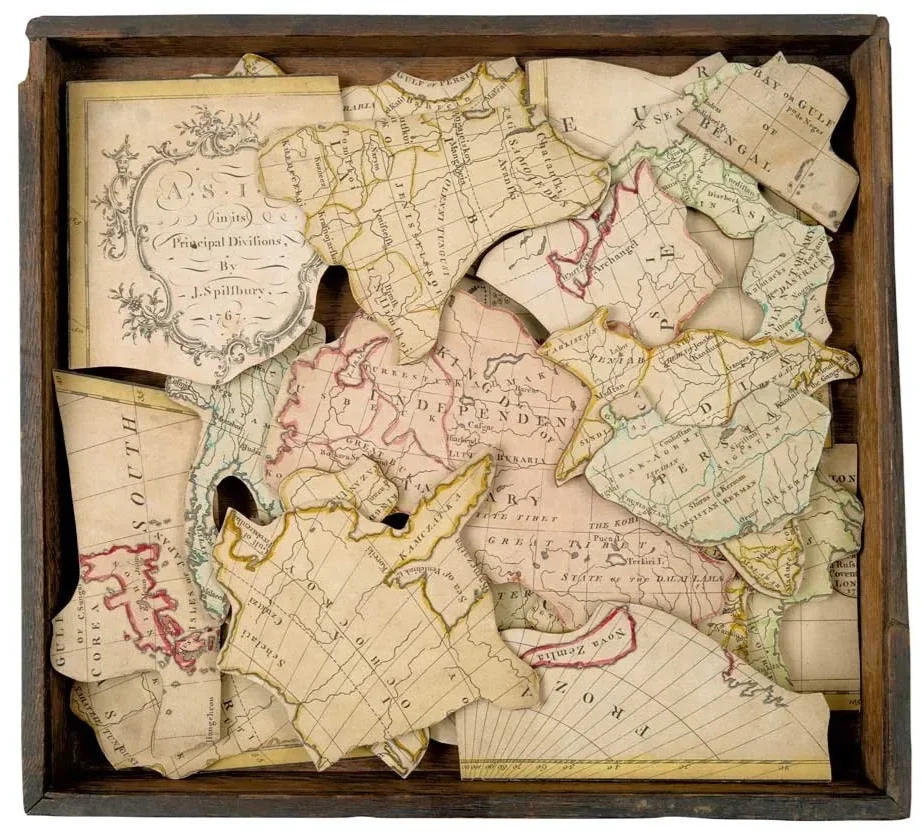Puzzles Through the Ages & Why They’re Great for Seniors
Puzzles are more than just pastimes: they’ve been feeding curiosity, teaching geometry, and offering comfort long before crosswords or video games. Today, they’re being rediscovered as tools for mental health, physical therapy and social connection—especially among seniors. Let’s travel through the history of puzzles, from ancient dissections to modern brain-teasers, and see how they help with dementia, arthritis, and more.
The Stomachion: Archimedes’ Ancient Brain-Teaser (~3rd Century BC)
One of the oldest known puzzles is the Stomachion (also called Ostomachion), attributed to Archimedes in the 3rd century BC. It’s a dissection puzzle with 14 flat pieces that can be arranged to form a square in many different ways. Scholars, using modern methods, estimate there are 536 distinct ways to make the square, counting mirror images.
⭐️ Why it helps seniors: working with such puzzles exercises spatial reasoning, attention to detail, and patience. For people with early dementia, this kind of mental workout helps maintain the neural pathway. For arthritis, manipulating pieces (moving, rotating, fitting) supports fine-motor control and eases stiffness over time.
Tangrams: From Banquet Tables to Dissection Art (Song to 19th Century China & Beyond)
Tangram puzzles—seven shapes (“tans”) that form various silhouettes—are thought to have originated in China probably in the late 18th century, though some researchers believe earlier forms existed in the Song dynasty (960-1279 AD), such as “banquet tables” arrangements by Huang Bosi.
By the early 1800s, tangrams made their way to Europe and America via trade and published puzzle books. They became wildly popular as educational and entertainment puzzles.
The set includes seven flat geometric pieces—five triangles of different sizes, one square, and one parallelogram. The goal is to arrange all seven without overlap to match a given outline or to create your own shapes (animals, people, objects, abstract designs). It’s simple to learn but endlessly challenging.
⭐️ Why it helps seniors: besides spatial reasoning, tangrams encourage visual matching and pattern recognition, thus having therapeutic benefits. They’re lower-stress than complex puzzles, which helps reduce anxiety, useful with dementia. Handling the pieces gives gentle physical activity for the hands—helps with joint mobility, especially helpful for arthritis.
The First Jigsaw Maps: John Spilsbury in the 1760s
The “jigsaw” puzzle as many people know it has roots in a teaching tool. In 1766, London cartographer John Spilsbury affixed a map (for example, a map of Europe) to wood and cut each country into pieces. The goal was educational: children would piece together the map to learn geography. These so-called dissected maps are widely considered predecessors to today’s jigsaw puzzles.
⭐️ Why it helps seniors: jigsaw puzzles engage multiple mental functions—visual scanning, working memory, the pleasure of completing an image. For dementia, that sense of achievement and clarity boosts mood and self-esteem. For arthritis, picking up, placing, sometimes lifting pieces—especially larger, easier-grip pieces—helps preserve manual dexterity and reduces pain through gentle motion.
Puzzle Therapy & Modern Uses
In recent decades, puzzles have moved from curiosity and play toward structured therapy. Studies and anecdotal data show puzzles (jigsaw, word puzzles, pattern puzzles) are part of cognitive-stimulation interventions aimed at slowing cognitive decline. They’re also used by occupational therapists to maintain hand strength and coordination in people with arthritis.


